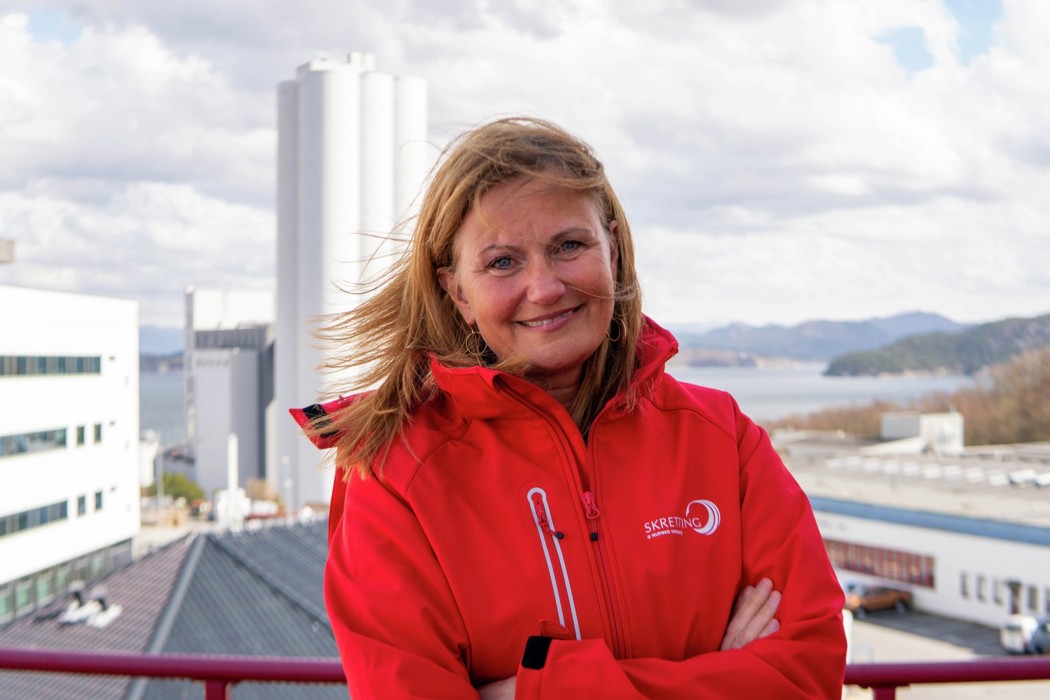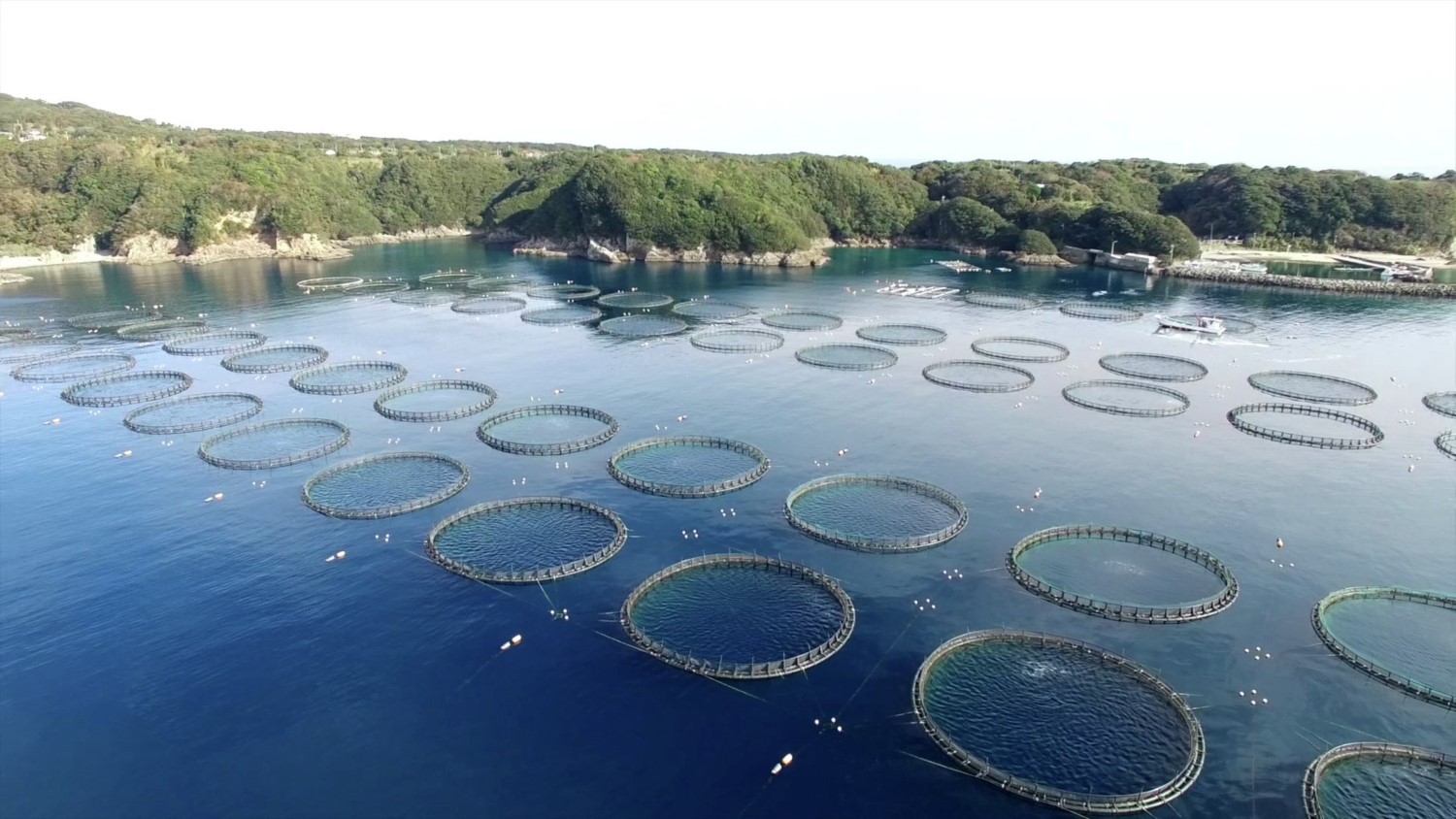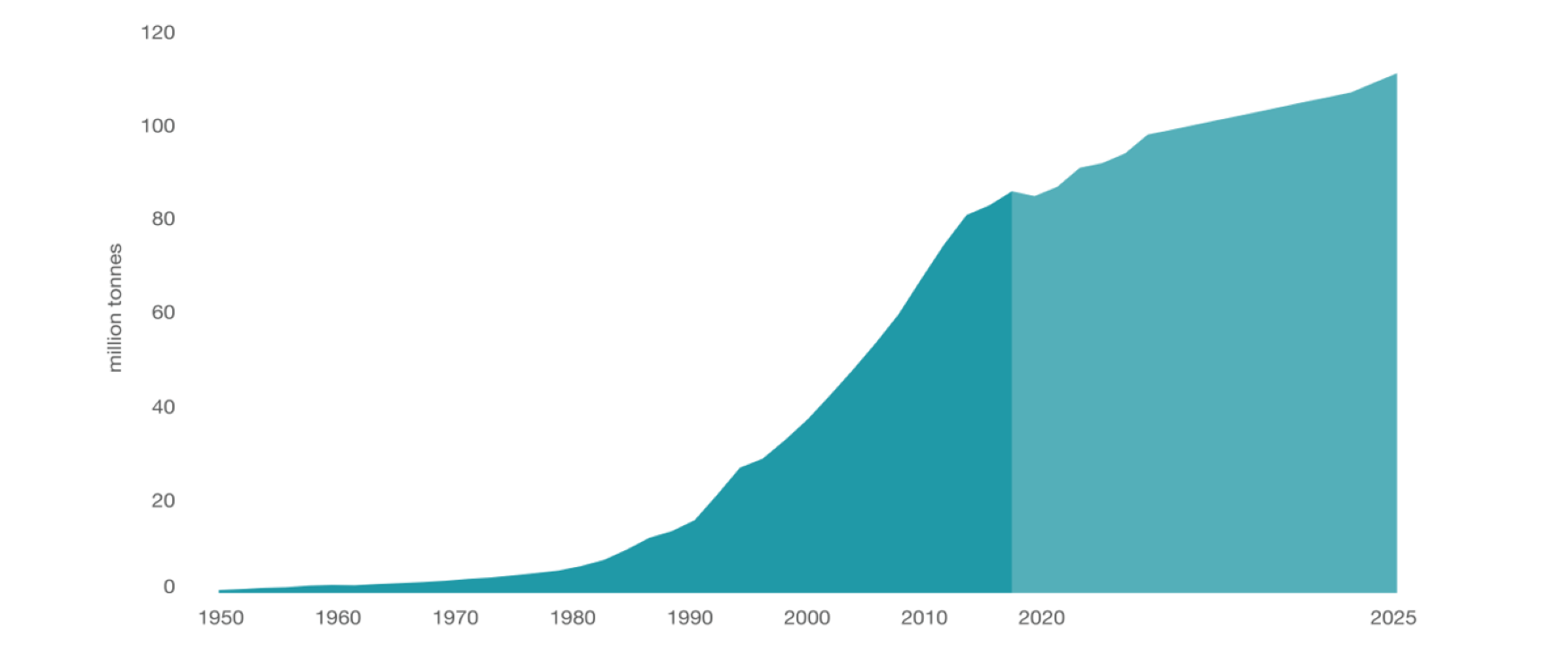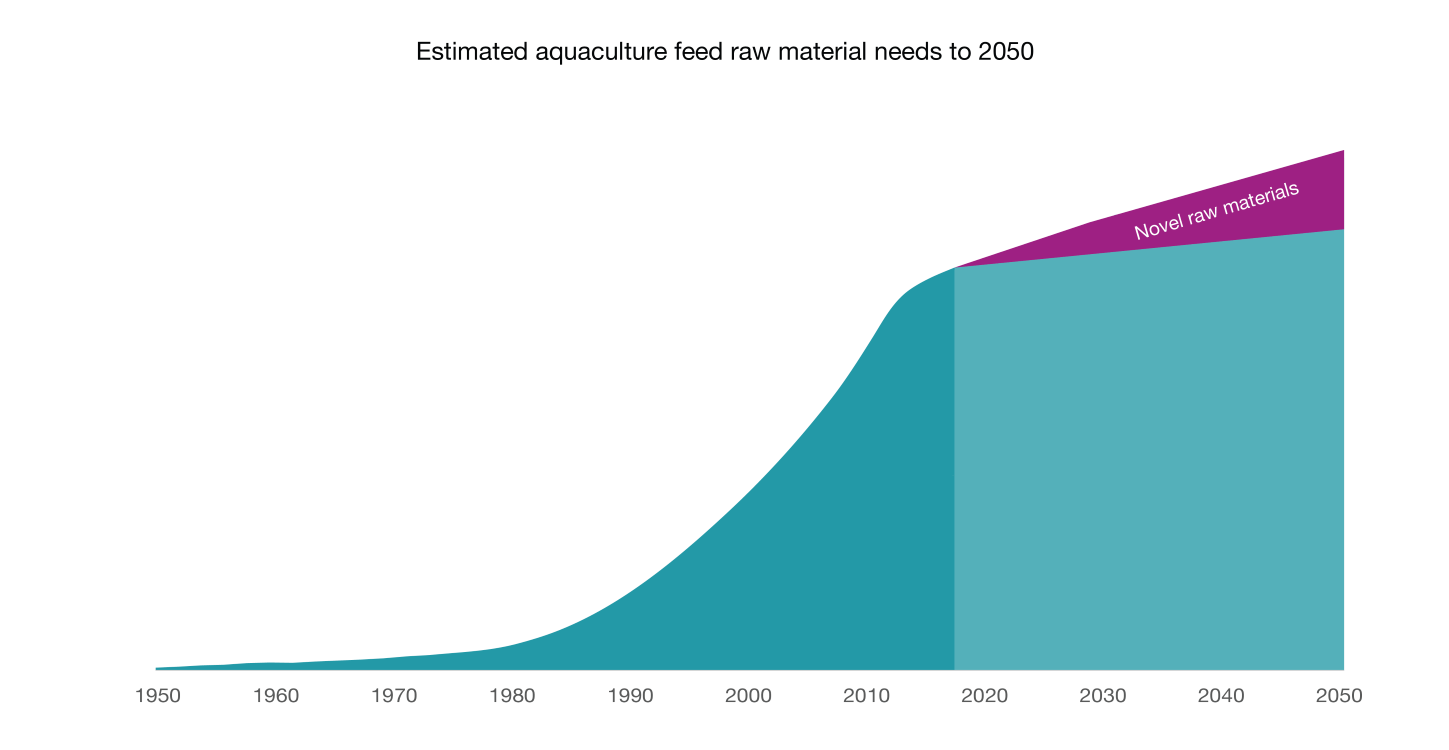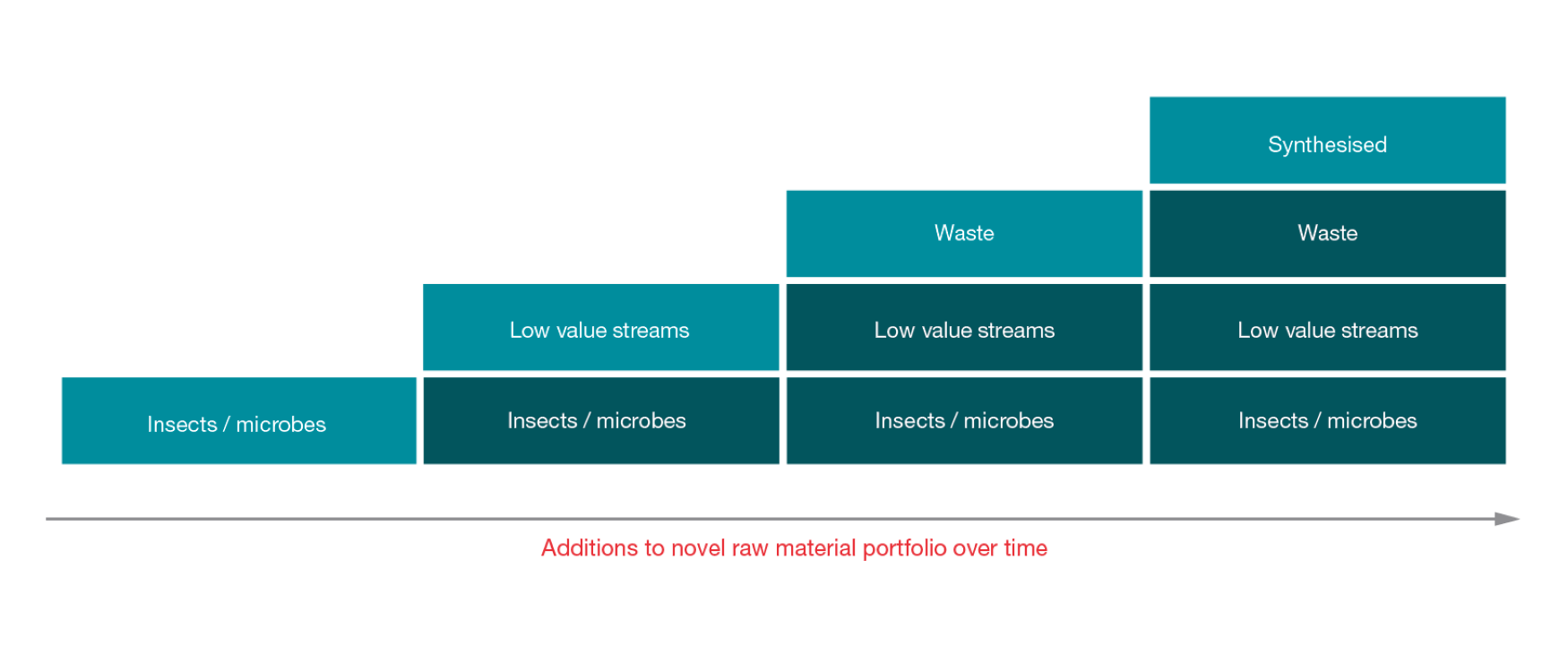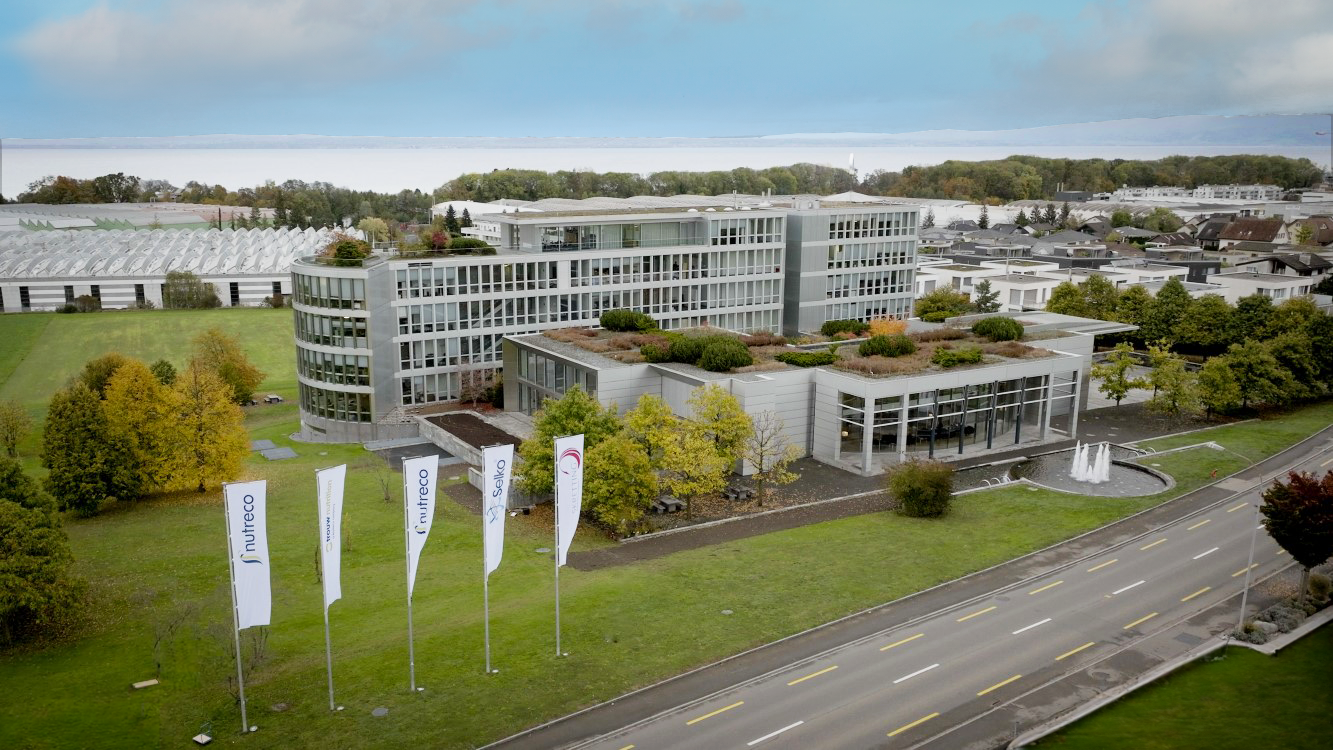
What do we mean by 'novel ingredients'?
The raw materials used in aquaculture feeds were traditionally based on capture fisheries (fishmeal and fish oil) and agricultural crops (such as soybean meal). While other vegetable-based meals and oils, fish trimmings and processed animal products have increasingly been used to supplement these high demand, finite ingredients, if we are to increase food production sustainably and ensure that the rising world population has access to essential food, it’s important that we seek to reduce the amount of human food resources that are used in fish and shrimp diets.
The novel ingredient space is an emerging market—dynamic and still taking shape. We are moving deliberately from exploration to implementation. The road from innovation to commercial adoption is complex, and we’re committed to supporting the suppliers that show high potential and are aligned with our sustainability ambitions.
Cost and value remain central to broader adoption. For novel ingredients to become viable alternatives at scale they must deliver measurable value in terms of sustainability and supply resilience, at a cost point that aligns with the benefits they bring. While these ingredients may come with a price premium today, they expand sourcing options, reduce volatility, and lower risk by diversifying our supply base. Over time, as volumes increase and production methods mature, we expect cost dynamics to shift. Ultimately, it will be the market’s response—through demand and willingness to pay for more sustainable solutions—that determines when these ingredients become mainstream.
Skretting is ready to lead this transition—actively driving innovation, forging partnerships, and building the foundations for a more robust and responsible aquaculture feed system.
At Skretting, we have long maintained that the application of novel ingredients is not a leap of faith; it’s an essential step in sustainably meeting the long-term food and nutrition security needs of a fast-growing population.
